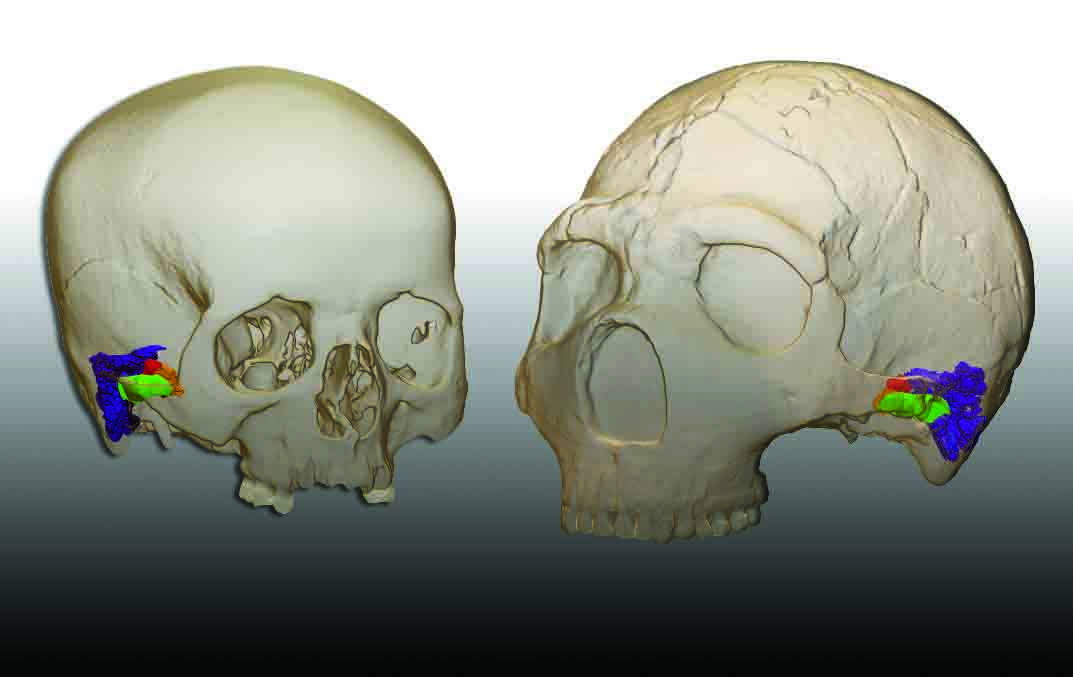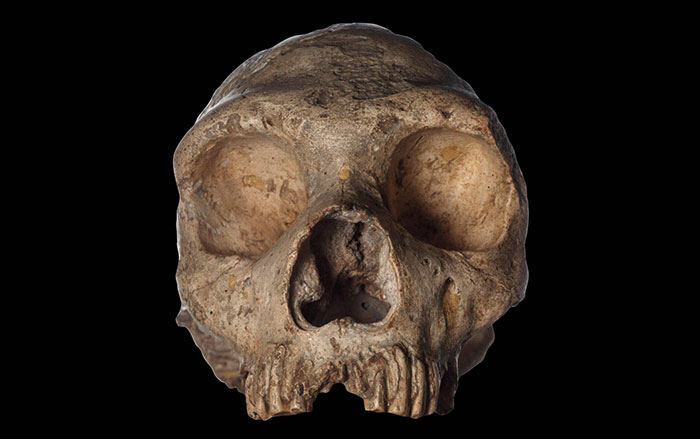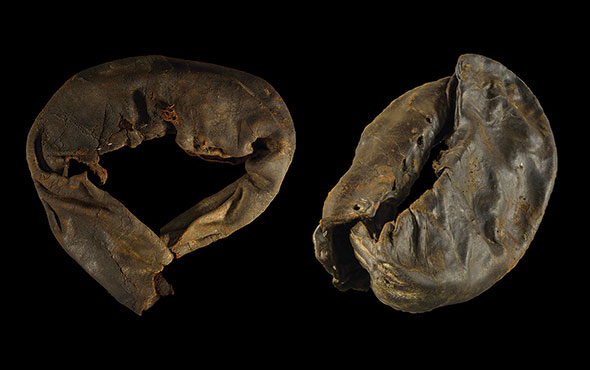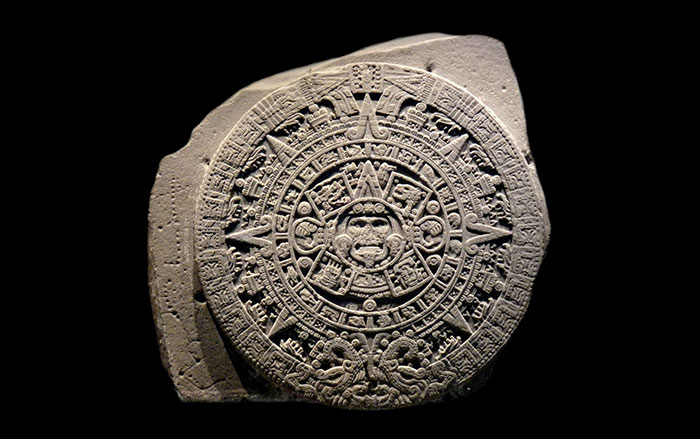
TÜBINGEN, GERMANY—According to a New Scientist report, research conducted by Katerina Harvati of the University of Tübingen and her colleagues suggests Neanderthals were capable of precision grips using finger and thumb. It had been thought Neanderthals were limited to full-fisted grips because their hand bones were generally “chunkier” than those of modern humans. Harvati’s team examined 3-D scans of the points on modern human finger bones where the muscles and tendons attach, known as entheses, in people who worked different kinds of jobs, such as bricklaying, tailoring, and painting, and compared the sizes of their entheses with those of six Neanderthals and six early modern humans. The results indicate that all of the Neanderthals spent much of their time using precision grips, while the early modern humans may have employed a division of labor, since only about half of their finger bones bore the mark of continued precision grips, while the others showed signs of repeated power grips. Harvati said this anatomical evidence supports the archaeological evidence for sophisticated cultural behavior among Neanderthals. For more, go to “Decoding Neanderthal Genetics.”











